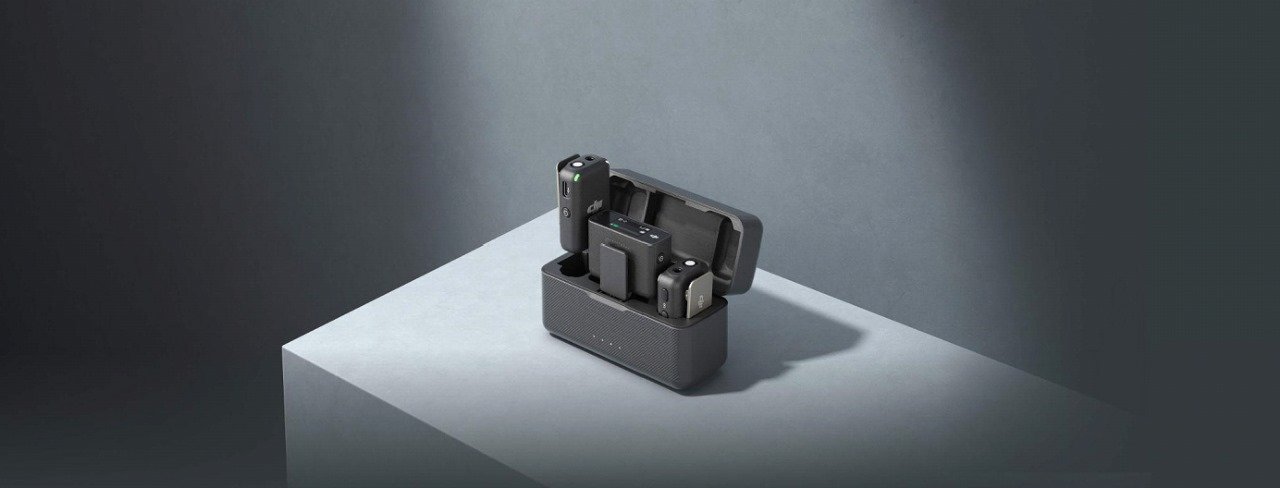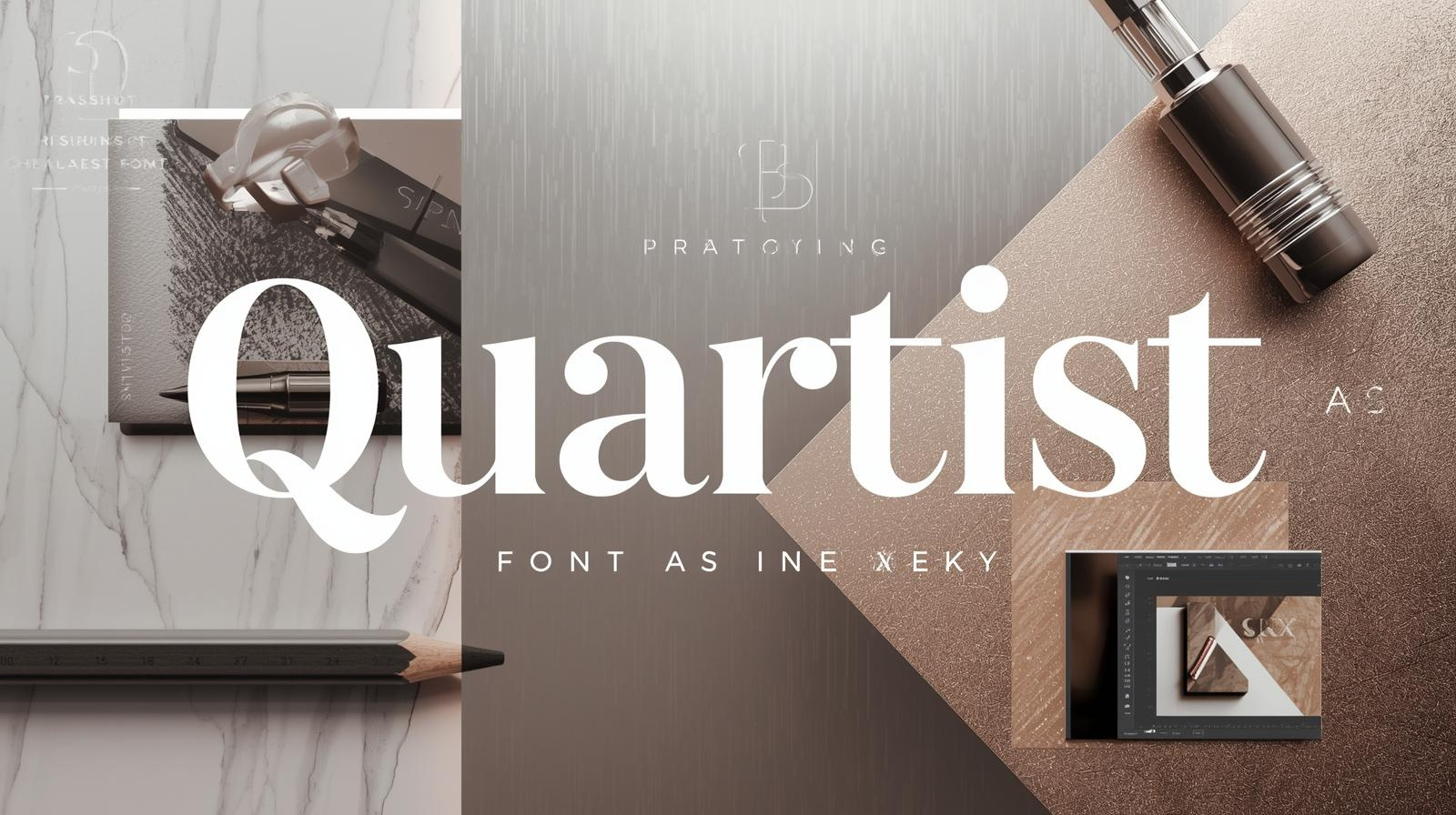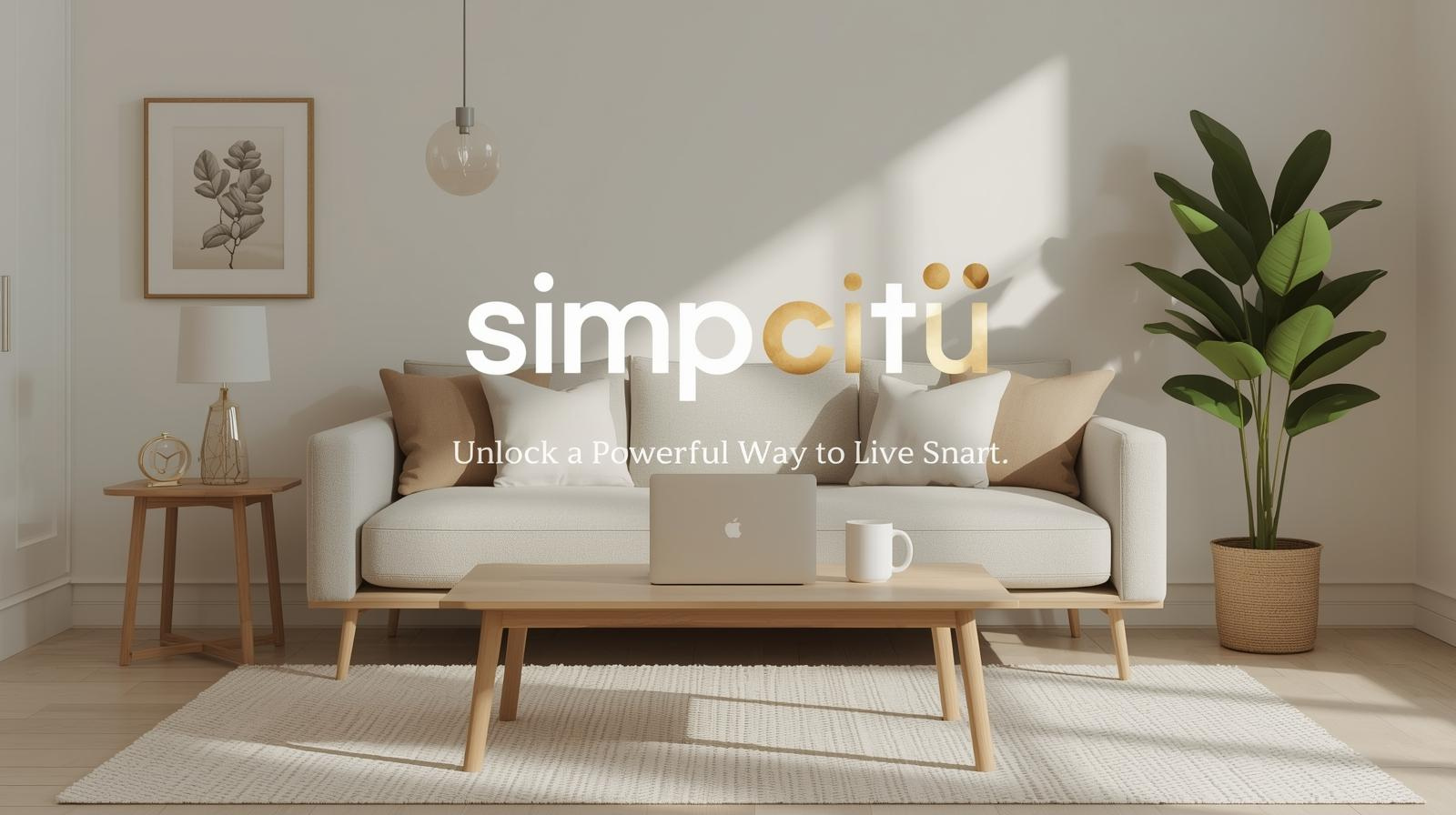In today’s digital-first world, your website is often the first impression potential customers have of your business. Whether you’re a small business owner in downtown Tucson or a startup nestled in the Catalina Foothills, a professionally designed website can make or break your online presence. But hiring the right website designer isn’t as simple as browsing a few portfolios — it’s a process that involves strategy, clarity, and trust.
If you’re wondering how to hire a website designer in Tucson, Arizona, this guide will walk you through everything from preparation to project launch, with local insights and expert tips to help you get it right.
Understand What You Need First
Before reaching out to designers, clarify what you’re trying to achieve.
- Do you need a new website or a redesign?
- What kind of website do you need? (e.g., business site, e-commerce, portfolio, blog)
- What features are essential? (contact forms, booking system, gallery, etc.)
- Who is your target audience?
- What is your budget?
Having clarity on these points will help you communicate better with potential designers and filter out those who aren’t the right fit.
Explore the Local Design Scene in Tucson
Tucson has a vibrant and growing web design community. Many freelancers, boutique design studios, and digital marketing agencies in the area offer excellent services.
Where to Find Local Designers:
- Google Maps and search terms like “web design Tucson AZ” or “Tucson website developer”
- Local directories like Yelp, Thumbtack, or UpCity
- University of Arizona Job Boards (for affordable student freelancers)
- Networking events through organizations like Local First Arizona or Startup Tucson
Hiring someone local means easier communication, in-person meetings, and knowledge of the regional market.
Review Portfolios and Case Studies
Never hire a web designer without first reviewing their past work. Look at:
- Visual aesthetics – Are their designs modern and user-friendly?
- Functionality – Do the sites load quickly and work well on mobile?
- Industry experience – Have they worked with businesses similar to yours?
Good designers often have a portfolio page or case studies that show what they’ve built, along with details about challenges, solutions, and results.
Read Reviews and Testimonials
Look beyond what’s on the designer’s website. Check platforms like:
- Google Reviews
- Clutch.co
- LinkedIn recommendations
- Facebook page reviews
Pay close attention to client feedback about communication, deadlines, problem-solving, and post-launch support.
Ask the Right Questions
Once you’ve shortlisted a few designers, set up consultations (free calls are standard). Here are questions you should ask:
- What is your design and development process?
- Do you build custom websites or use templates?
- Will my site be mobile-friendly and SEO-optimized?
- What platform do you use (e.g., WordPress, Webflow, Shopify)?
- How will you handle revisions?
- What is the project timeline and cost breakdown?
- Do you offer ongoing maintenance?
Their answers will help you assess their expertise and whether they align with your business needs.
Understand Their Technical Expertise
Not all web designers are developers, and vice versa. Ideally, you want someone (or a team) who understands both the creative and technical sides.
Check if they’re familiar with:
- Responsive design principles
- SEO fundamentals
- CMS platforms (like WordPress or Joomla)
- eCommerce integrations
- Accessibility standards
Also, ask if they use tools like Google Analytics, Search Console, or other platforms that can support your website’s performance post-launch.
Discuss Pricing Models Clearly
Website design costs can vary significantly in Tucson based on experience, scope, and complexity. Here’s what to know:
- Hourly Rates – Often range from $40 to $120/hr
- Flat Project Fees – Typically between $800 $5,000+
- Retainer or Maintenance Fees – For ongoing updates or support
Always ask for a detailed proposal or quote, including deliverables, timeline, and terms. Avoid vague agreements that could lead to scope creep or surprise charges.
Check for Ownership and Deliverables
Make sure your contract clearly states:
- You own the website, content, and domain (once paid in full)
- You get access to backend logins, image files, and website backups
- There are no recurring charges unless agreed upon (e.g., hosting or maintenance)
Some designers may charge extra for handing over files — clarify this upfront.
Trust Your Instincts
Beyond skills and experience, consider how easy it is to communicate with the designer. Are they prompt, professional, and transparent? Do they understand your vision?
You’ll be working closely for weeks, if not months. A good working relationship is crucial for a successful project.
Sign a Contract and Set Expectations
Never start work without a formal agreement. A solid contract should include:
- Scope of work
- Timelines and milestones
- Payment terms
- Revisions allowed
- Intellectual property rights
- Termination policy
This protects both parties and ensures accountability throughout the project.
Conclusion
Hiring a website designer in Tucson, Arizona, doesn’t have to be overwhelming. When you’re prepared and know what to look for, the process becomes smooth and even enjoyable. Take your time to vet candidates, ask questions, and trust your gut.
A well-designed website is more than just a digital brochure — it’s the online face of your business. Invest wisely, and it will pay off in credibility, leads, and long-term growth.
Read More: Web Designer in Dallas, TX Offering AI Analytics Dashboards for Small Business Websites




